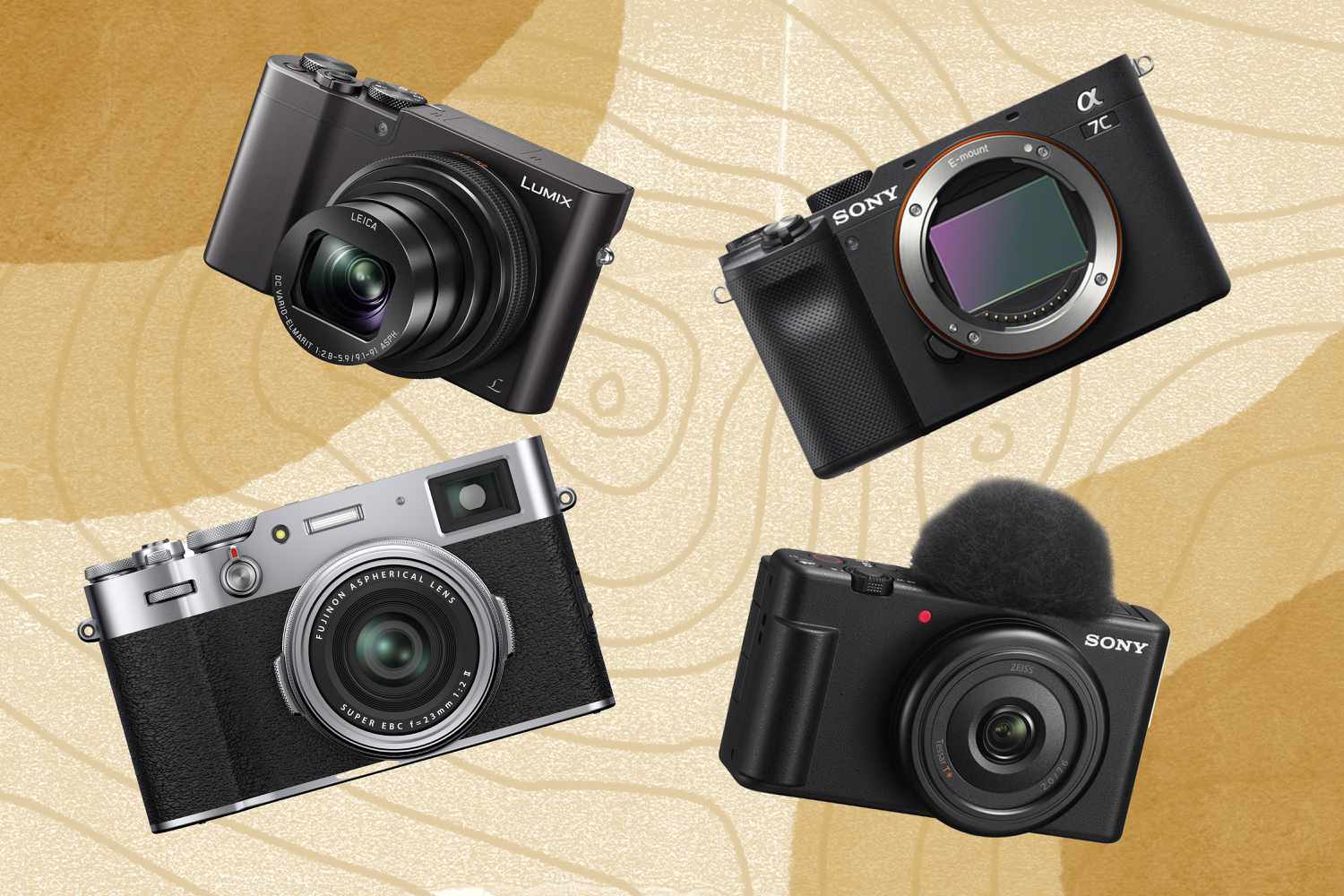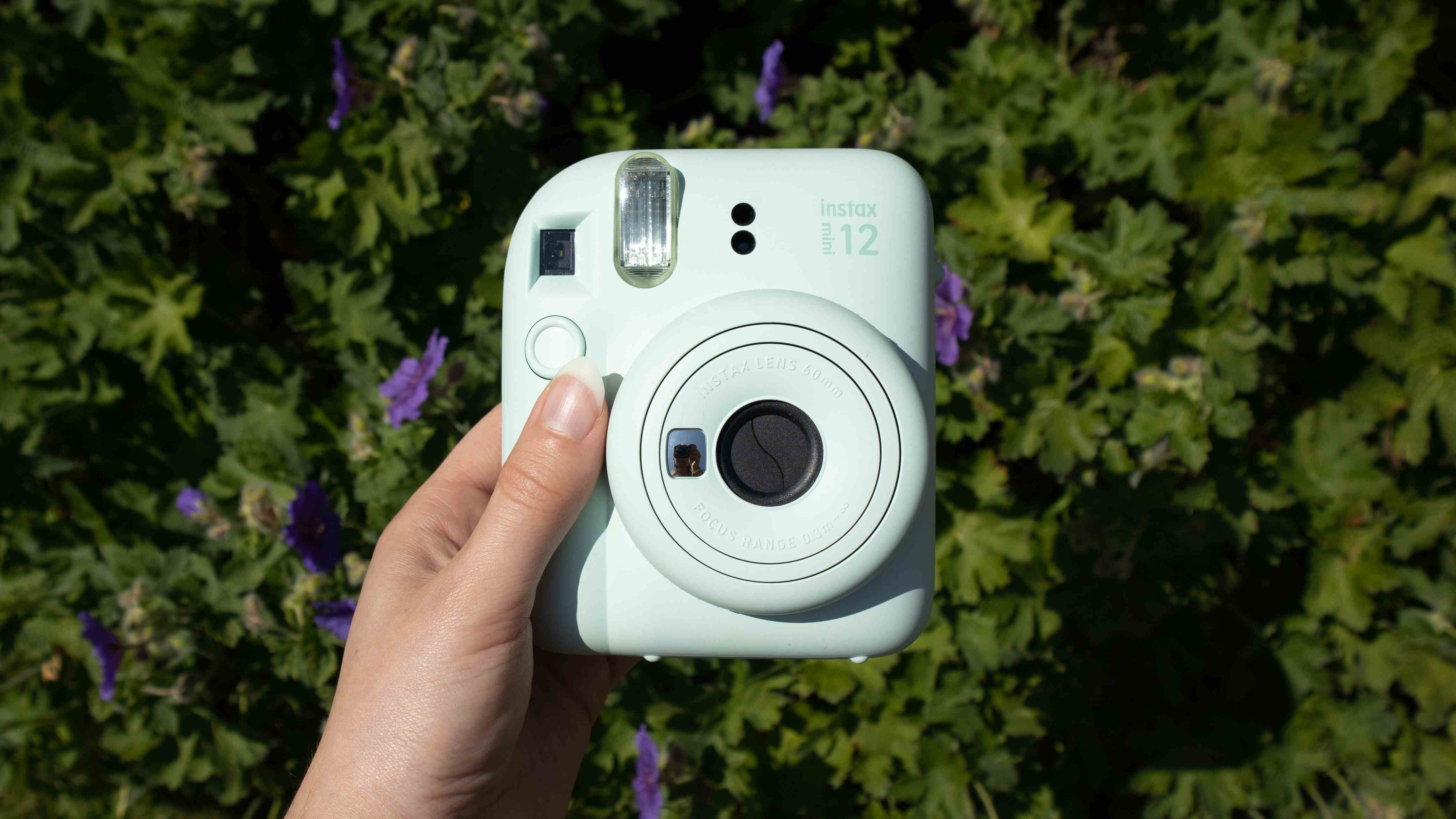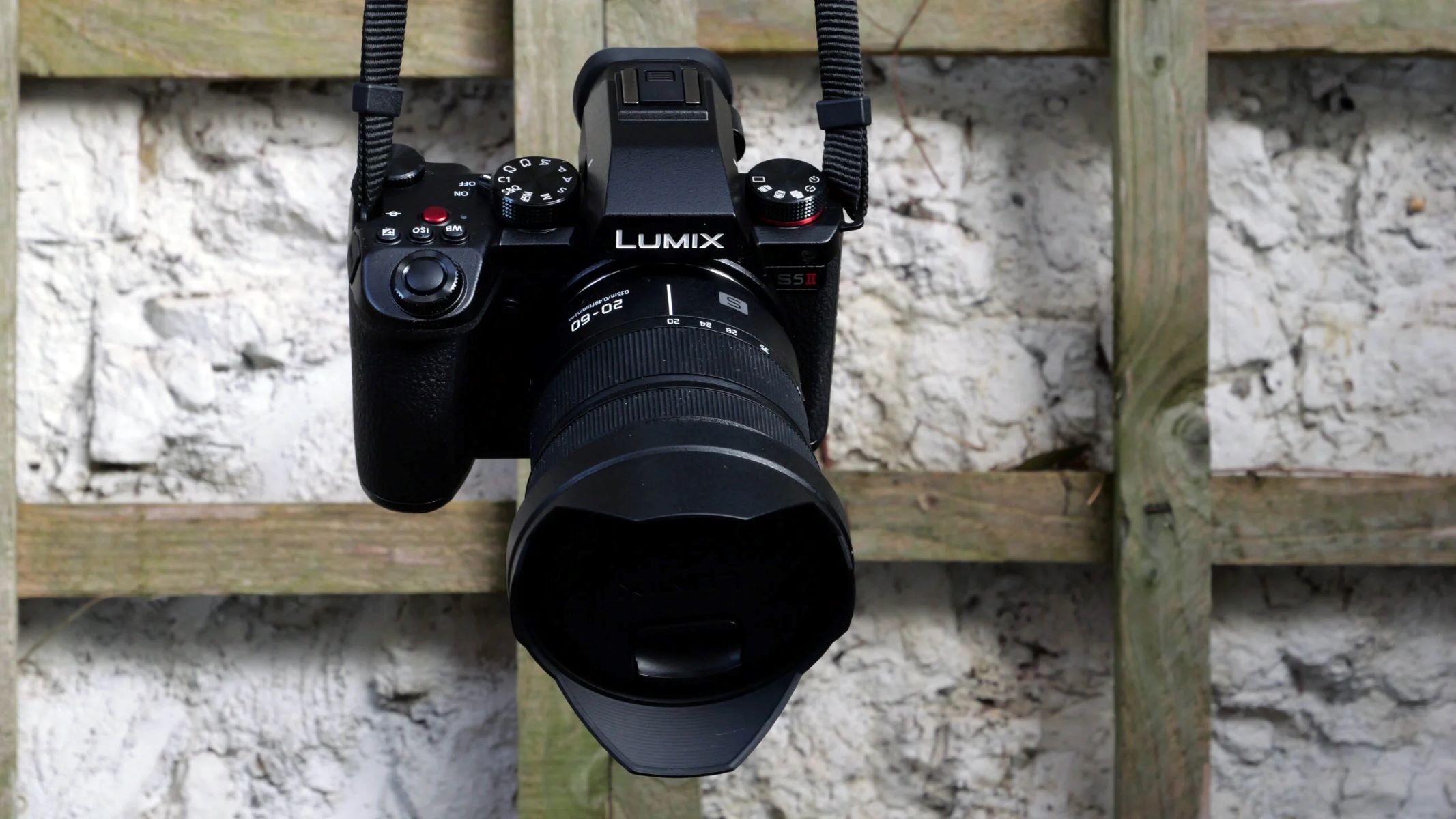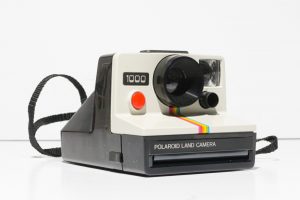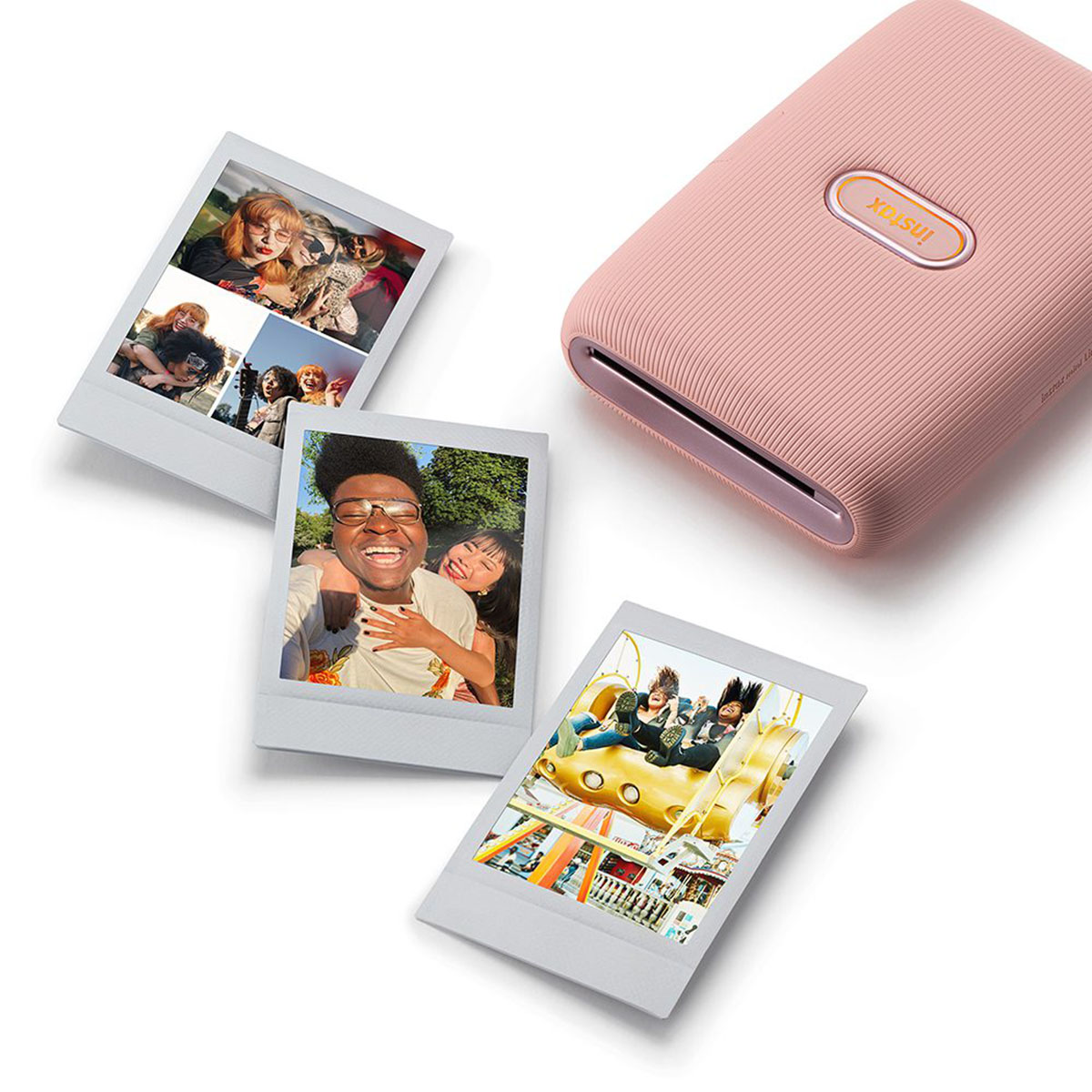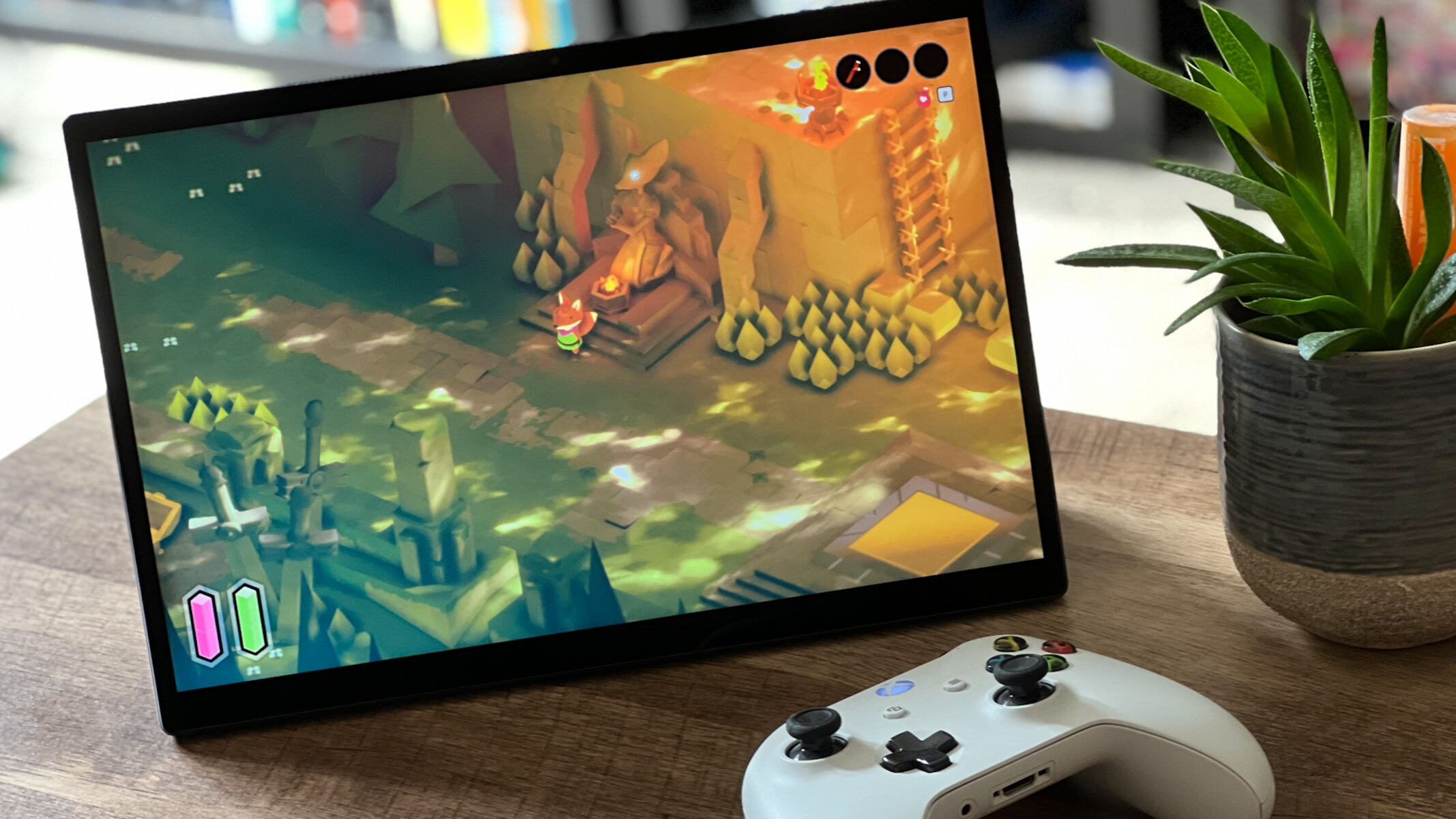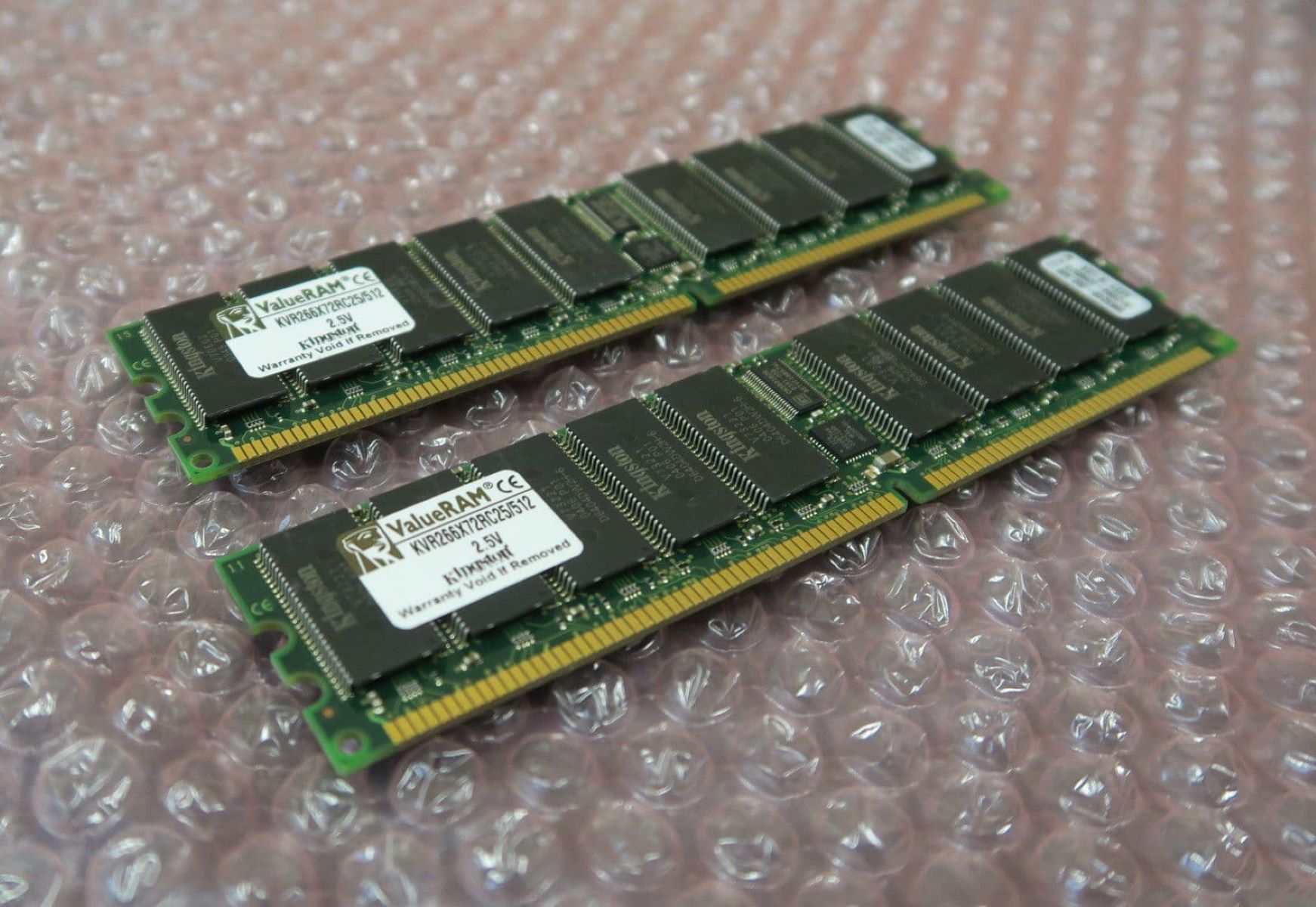First came Fujifilm X-T3. Then Fujifilm augmented it when mirrorless cameras became increasingly popular, transforming it into the mirrorless X-T30. While the X-T30 is much smaller and more affordable than its predecessor, it does not skimp on features and functionalities. Before you decide whether or not to purchase this camera, check out what we have to say about it in our review below:
Fujifilm X-T30: Overview
The Fujifilm mirrorless camera X-series is one of Fujifilm’s most popular camera series by far. That’s because they keep the core functions of their bigger brothers at a cheaper price.
Aptly dubbed The Little Giant, the X-T30 is huge on functionalities that betrays its small size. Like the X-T3, it features the same 4th-gen 26.1-megapixel sensor, powerful processor, intuitive autofocus, and superior burst shooting. The X-T30 is also fantastic in the videography department, capable of recording videos in full-blown 4K.
This camera isn’t by any means perfect in every way—after all, its low price is the result of Fujifilm making some compromises to the original X-T3.
Build & Design
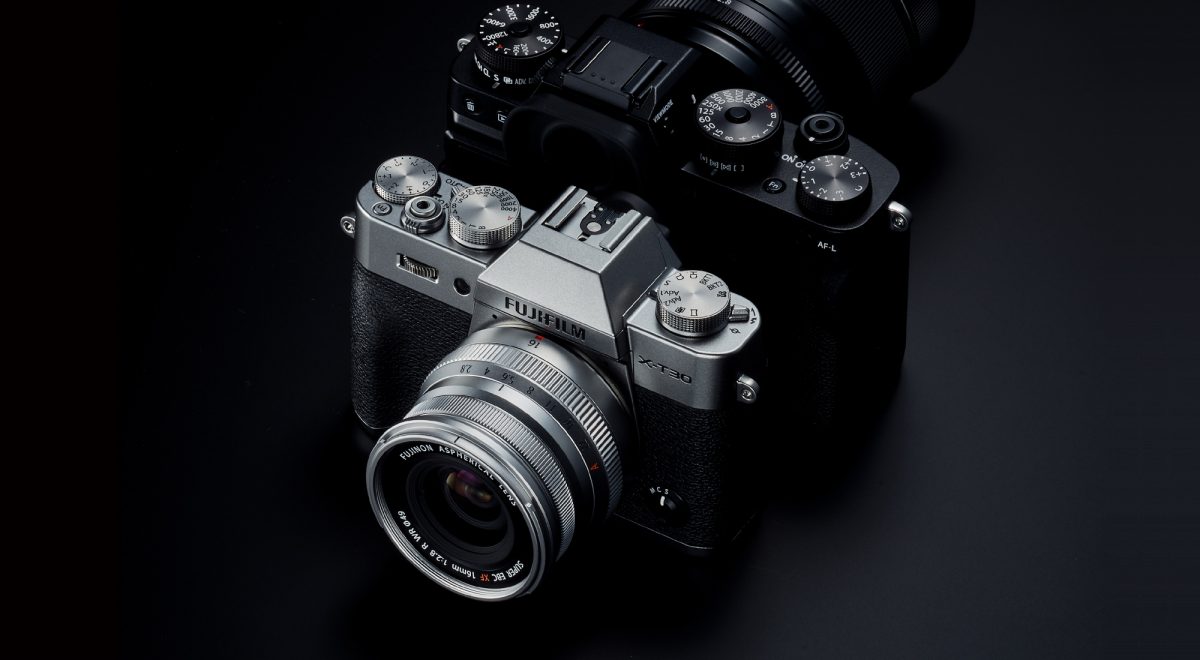

Let’s start by talking about the X-T30’s design. This camera keeps things classy with its sleek, polished aesthetic that is a key part of the classic Fujifilm design. It comes in three colors: all black, silver & black, and charcoal silver. Regardless of which one you choose, all three are small, compact, and lightweight, making them handy and easy to carry around.
That said, if you’re someone with larger hands, the X-T30 may not be the best fit for you. The camera’s compact size may be too small for you to grip and operate comfortabl, which will impact your overall photo-taking experience.
Weatherproofing
As pretty as the X-T30 may be, you’ll need to be careful when handling it. Since this camera is not weatherproof, it’s more vulnerable to dust, rain, and snow. Be sure to store it in a weatherproof bag when not in use to keep it in tip-top condition.
LCD Screen
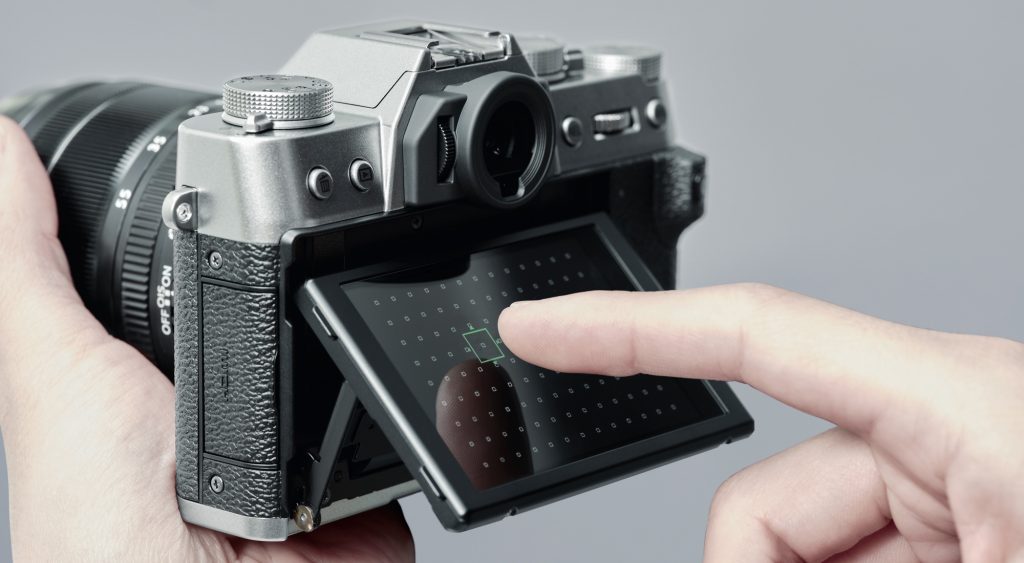

The X-T30 sports a three-inch touchscreen, which is more than sufficient for you to manipulate the camera’s functions and view your captured photos. You can even use this screen to autofocus on different subjects on the viewfinder. The screen can be adjusted vertically as well, letting you see exactly what you’re doing from more than one angle.
Viewfinder
The viewfinder of the X-T30 performs well for the price. It’s responsive, with only 0.005 seconds of lag. Moreover, the 100fps refresh rate is faster than most smartphones. However, this speedy refresh rate only kicks in when you’re using the X-T30 for burst shots.
Handling
In terms of handling, the X-T30 more than delivers. This camera offers Fujifilm’s signature manual controls and dials for precise shooting, including shutter speed, exposure, and camera mode.
However, you won’t find a dedicated ISO dial like you would on the X-T3. Fortunately, there’s a way around that as you can easily map other controls to the ISO.
Apart from manual controls, the Fujifilm X-T30 also has a pop-up flash. This makes shooting in lower-light situations more convenient because you don’t need to affix an external accessory to the camera’s body.
Connectivity


The X-T30’s selection of ports is decent. It has a USB-C (3.1) connector, which is handy for charging and data transfers. As for storage, the single SD card slot in the battery compartment supports SD, SDHC, and SDXC formats. The camera also has an HDMI output port for you to directly feed video footage into your computer.
Apart from these, the X-T30 also has a 2.5mm headphone jack. This is great if you have compatible headphones. However, it’s not the standard 3.5mm size, so you need an adapter for most headphones.
Wi-Fi connectivity is also available on the X-T30, letting you make Internet-based transfers directly from the camera. Furthermore, the camera is equipped with Bluetooth; you can then pair your phone and use it as a remote control for the shutter.
Performance
Small yet mighty, the X-T30 is a powerful photography tool indeed. We’ll show you what we mean below:
Autofocus


Autofocus is one of the X-T30’s strongest points. It is equipped with not just the ability to detect faces, but also lets you choose which person to target as your main subject. The X-T30 is even capable of autofocusing on far-off faces—perfect for wider shots that position you at a distance from your subject.
The X-T30 is also notable for its fast autofocus under all situations. You can trust it to perform consistently even when you’re shooting in different modes and at faster frame rates.
Burst Shooting
The X-T30 does a superb job with burst shooting, capable of going up to 8fps in continuous mode with the physical shutter. This frame rate increases to 20fps with the electronic shutter, and goes up to 30 fps in sports mode. A word of caution though: shooting in sports mode will impose a 1.25x crop on your photos.
Processing Time
The X-T30 has a slight buffer to its processing time. When shooting in RAW, the camera is able to capture up to 16 uncompressed or 18 compressed photos. It’ll then take roughly 30-50 seconds to save the images to your SD card.
The X-T30’s processing time is much better when you shoot in JPEG. Capable of shooting up to 90 shots, this camera will then take about 13 seconds to write the data.
Battery Life
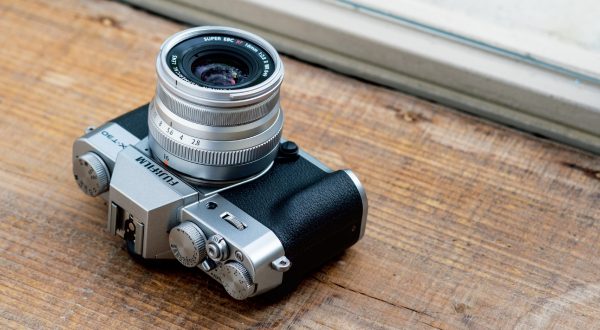

The X-T30 has above average battery life for a compact mirrorless camera, able to last for a maximum of 470 shots. This is a significant step-up from its predecessor the X-20, which could only handle up to 270 shots. That said, these are manufacturer estimates that may not accurately reflect real-world performance—be sure to bring along spare batteries with you on your shoots!
Image Quality
As with any other camera you purchase, you’d want to get a handle on how the quality of the photos that the X-T30 is able to capture. We show you how it fares on this front below:
Resolution & ISO
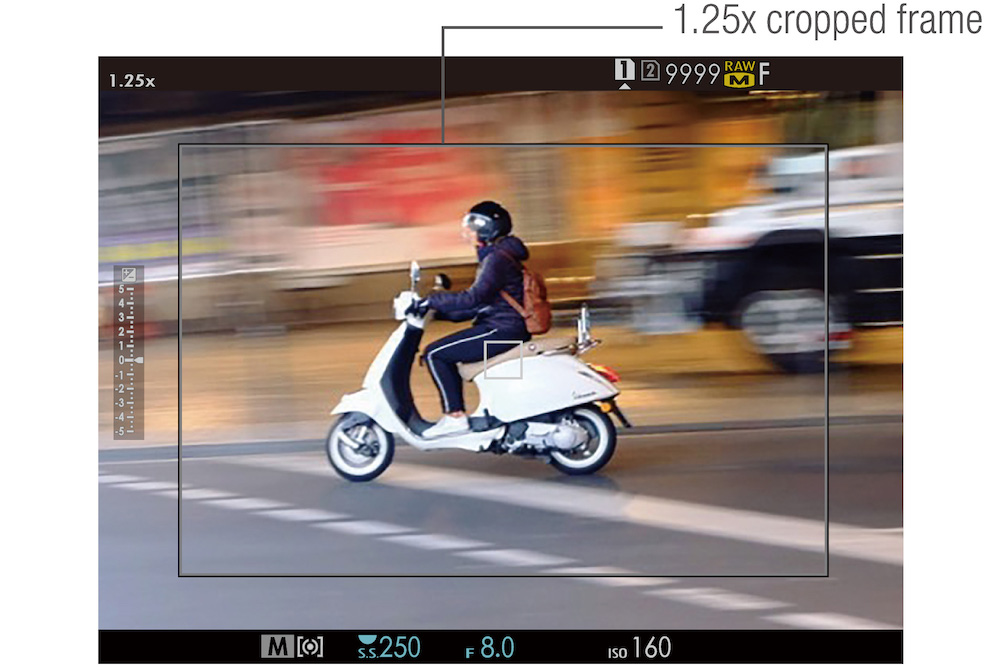

Overall, the X-T30’s image quality is excellent, capturing lots of detail with very little grain. This clarity is retained all the way until ISO 1600. However, anything beyond ISO 3200 will compromise your photos’ quality and make them appear fuzzy and unfocused.
JPEGs captured on the X-T30 also turn out very well. And true to Fujifilm’s traditions, the camera even comes with film simulations.
RAW Shooting
The X-T30 is marvelous at RAW shooting, retaining much detail at solid image quality up to ISO 3200. Even with ISO 6400, you only get a little bit of grain. High-contrast shots look especially great with the X-T30 since it can draw out more detail in these photos.
Profiles


The Fujifilm X-T30 boasts a variety of JPEG profiles, letting you impose filters on your photos to create specific vibes.
For example, the Velvia profile works well with landscape shots, as it saturates the photos to make their colors look more vivid. Alternatively, you can go greyscale with the Acros profile. For a more classic Fujifilm look, however, we recommend using Classic Chrome, as shown in the photo above.
You’re not limited to using these profiles when shooting JPEGs either. That’s because these effects can be used in RAW mode and can also be applied post-shoot.
Video Quality
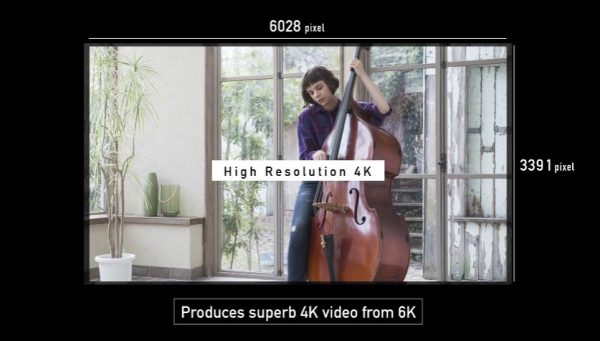

The X-T30 can record videos in high-resolution 4K. Standard videos are recorded in 8-bit 4:2:0 format, while an alternative 10-bit 4:2:2 option is reserved for more professional shots. The photo profiles mentioned previously can also be applied to your videos—this means you can expect to get Fujifilm’s classic styles and filters natively paired with the footage you record.
Unfortunately, while the X-T30’s video quality is great, you’re limited to recording 10-minute footage each time. This makes the camera not ideal for long vlogs and videos. Furthermore, you can only shoot videos in 4K at 30fps—something even higher-end smartphones can manage these days. While it’s still possible to shoot at 120fps, your resolution is locked to 1080p and you only get an additional five minutes of recording time.
All of these factor into why the Fujifilm X-T30 isn’t meant for high-end videography. It’s more for mid-range use, great for vloggers, casual users, and families.
Price & Availability
The X-T30 retails for $899.00 on Amazon, a pretty decent price for all the features and functionalities that it brings to the table. Touted as the more affordable version of the X-T3, this camera still holds true to its reputation, costing at least $600 cheaper than its counterpart.
The Verdict: Fujifilm X-T30
For enthusiasts and camera aficionados, the X-T30 is a solid choice for its excellent overall performance, great picture quality, and workable video capture. Moreover, you get access to Fujifilm’s wide library of lenses, so it’s pretty flexible. The price is also very attractive for what it can do.








